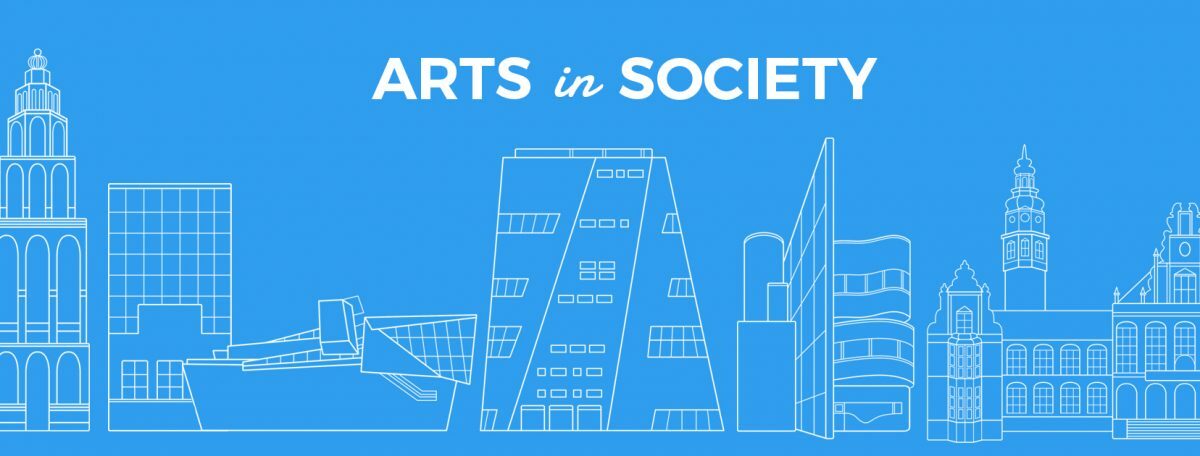By Margreta van Kammen
Together with other master students of the curator track in Groningen, I follow a course taught by the director of the Groninger Museum, Andreas Blühm, on Rodin and the current Rodin exhibition in the Groninger Museum.
He teaches us about Auguste Rodin (1840-1917), explains how to organize such an exhibition and gives us inside information. We recently had the honor to be invited to the opening of the exhibition Rodin – Genius at work, which is now open to the public. This exhibition is the second largest exhibition on sculpture in the Netherlands. Whereas the exhibition in the Gemeentemuseum in Den Haag, From Rodin to Bourgeois: Sculpture in the 20th century, shows an overview of sculpture from Rodin until minimal art, the one in Groningen focuses on Rodin’s art exclusively.
The exhibition has been developed by the Musée des Beaux-Arts in Montréal and the Musée Rodin in Paris. After it was on show in three cities in Canada and America, we can now add Groningen to the list, as the last and even the only city in Europe to receive it. Of course, Groningen added some new works to it, in order to distinguish it from previous Rodin exhibitions. Next to the 140 sculptures of Rodin, it includes drawings, 28 photographs by Eugene Druet and some new works by Erwin Olaf. He photographed ballet dancers from ‘Het Nationale Ballet’ in poses suggested by Rodin’s sculptures, such as the famous “Thinker”. At the opening, ballet dancers Melissa Chapski and Jacob Roter, both members of ‘Het Nationale Ballet’, performed Embers – Pas de deux created by Ernst Meisner, on music by Max Richter.
In addition to the new works by Erwin Olaf, the Groninger Museum landed another spectacular coup. Instead of showing just one cast of ‘The Age of Bronze’ (1875-1877), the museum managed to get five from all over the world. You may wonder why it is so special to see five casts of the same sculpture, but the answer is immediately clear when you stand in front of them. Because each sculpture has been standing on a different place under different circumstances, each version has a different patina. Some are shinier than others, and another version clearly reveals that the sculpture has been standing outside in the rain. So even if all the five versions have the same design, it is intriguing to see what time and (weather-)conditions can do to the appearance of a sculpture.
The exhibition also highlights Rodin’s working process. Next to the bronze sculptures, there are copies of plaster that show how Rodin used to take two parts from totally different sculptures and put them together. A full understanding of this process and his work cannot be conveyed through words: you have to go and see the exhibition! It will be on display until 30 April 2017.
Margreta van Kammen is Art History Student at the University of Groningen

